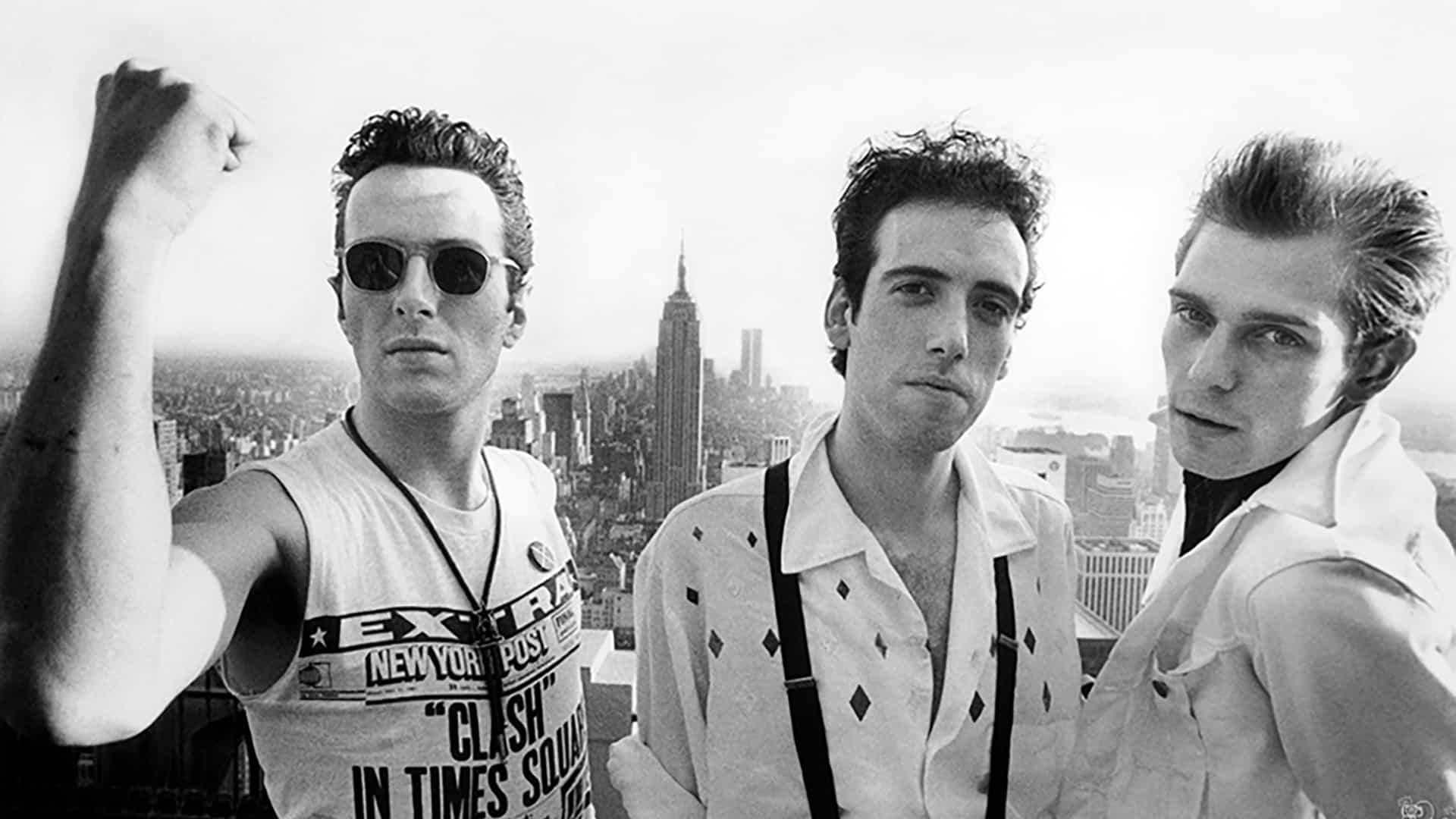In a dazzling photo memoir, Bob Gruen charted the history of rock and roll during its most iconoclastic and revolutionary era.

You’re getting blind.
Don’t miss the best of visual arts. Subscribe for $9 per month or $108 $90 per year.
Already suscribed ?



